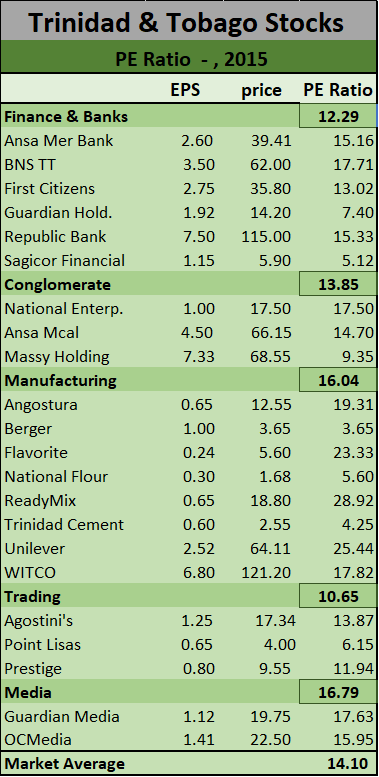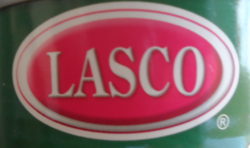Blue Power Group Limited declared a dividend of 15 cents per share payable on August 16, 2013 to shareholders on record as at July 31, 2013. The ex-dividend date is July 29, 2013.
The company last paid a dividend of 10.5 cents per share on September 6, 2012. The latest dividend is in keeping with the rise in profits to $1.84 per share compared with the earnings of 83 cents in 2012.
The board also agreed to introduce a resolution at the next Annual General Meeting to modify the Articles of Association to permit the appointment of two more directors to the Board which consists of six members at the present time.
To know more about Blue Power, read Blue Powered huge profit increase posted 16th June 2013.















